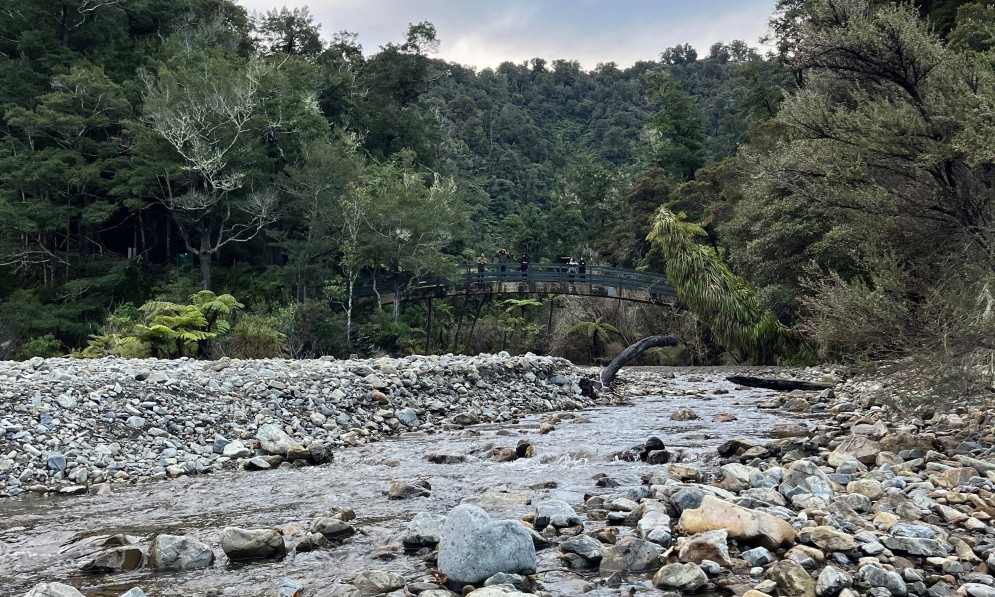What can mātauranga Māori teach us about caring for local waterways? Jazmine Ropner enrols in a free nationwide course to find out.
Forest & Bird magazine
A version of this story was first published in the Summer 2023 issue of Forest & Bird magazine.
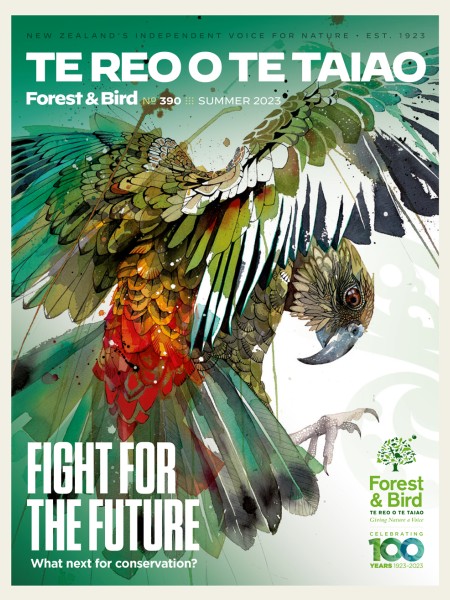
Wednesdays are my favorite day of the week. That’s when I head down to the Wellington Boys and Girls Institute (BGI) to learn how to become a better kaitiaki of our fresh and sea waters.
The Wai Ora course is available nationwide through Te Whare Wānanga o Awanuiāra. The free course helps students understand and apply the appropriate tikanga customary practices and mātauranga Māori indigenous knowledge to the care of wai water.
When I walk into the BGI building, I’m usually greeted by the smell of delicious food being cooked for our group by the resident chefs (Michael and Raquel). It is made from recycled food that would otherwise be thrown away.
Course facilitator Ihaia Puketapu has a big heart and an infectious laugh. He warmly welcomes the students, ready to share his wisdom and energetic curiosity about other cultures.
He opens our learning session with a karakia and begins a topic on an aspect of water management with a strong Māori historical perspective.
This is followed by a long lively discussion with enlightened faces, tearful reflections, and bouts of laughter. Kōrero is a big part of what everyone, including Ihaia, enjoys about the course.
“I have the advantage of making up my own curriculum, but I prefer people to have discussions and challenge me,” he says. “This is how education should be, with critical thinking.”
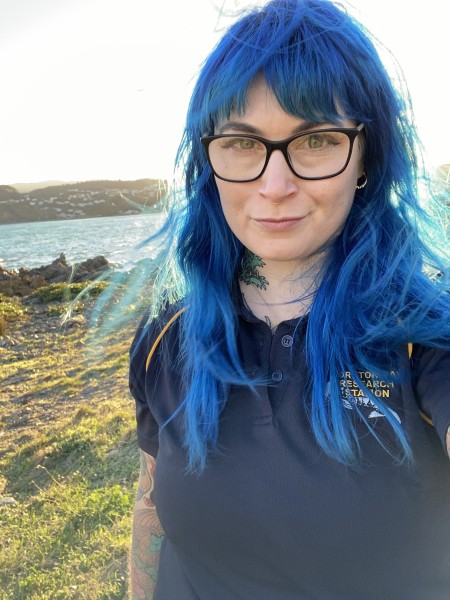
Jazmine Ropner
“I have been doing resource management since the early 2000s, working for iwi, sitting on an environmental committee, and working in Parliament as an energy economic advisor.
“But I started teaching this course when I realised we have reached a crisis point in the way we manage and understand water and its runoff into coastal waters.”
During the Wai Ora course, participants learn in different blended ways, including online, noho learning at-place, kōrero and wānanga, and self-directed learning.
The aim is to empower the students to restore the mauri life force of coastal and freshwater bodies for the benefit of whānau, iwi, hapū, and the marae. Then they can support future generations to do the same.
My fellow classmates come from a wide range of backgrounds and countries. On the first day, we shared why we were interested in taking the course.
“I wanted to take the chance to connect to my Māori roots and understand more about my own culture,” says Ngawharau Brown.
“Wai Ora offers a unique perspective on water management, focusing on the te ao Māori approach,” says Luis Perez, who is from an indigenous tribe in the Amazon.
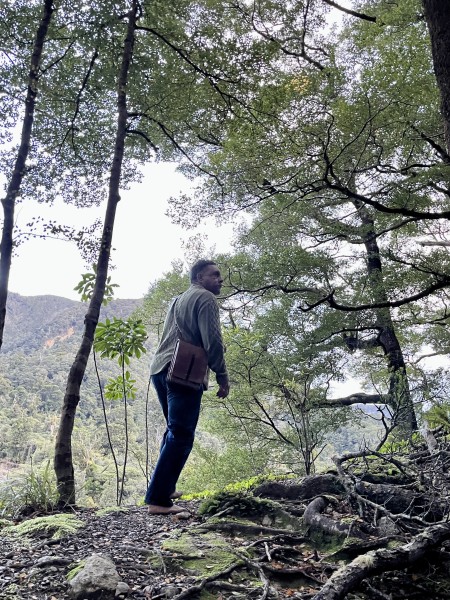
Ihaia Puketapu. Credit Jazmine Ropner
“Unfortunately, policymakers often overlook the value mātauranga Māori brings to the table. It is important that we revive ancient knowledge that we can learn from.”
“I thought this class would be a way to learn about mātauranga Māori in a respectful way,” adds Lauren
Averillo, originally from the US and studying at Victoria University. “I wanted to get a different perspective from American water conservation and to respect the knowledge.
During the course, participants are encouraged to connect and learn from each other too, just as much as they learn from tangata whenua – the kaiako teachers.
“This course is about meeting people and connecting. Learning is achieved this way and isn’t as structured as other classes I have taken,” says Lauren.
German architect Nathalie Swords agrees, saying: “We can learn a lot about environment and sustainability from indigenous cultures. It is important to look to the past when people were good at using resources effectively.”
One noho sees the class head into the Ōrongorogo Valley, Remutaka Forest Park, a place of deep significance to Te Ātiawa, Ihaia’s iwi.

We pass through a massive waharoa entranceway, beautifully carved with ancestral knowledge of Taranaki Whānui. I later discovered Ihaia had carved the waharoa.
When he walked past his craftsmanship, bare feet on the whenua, I felt the genuine
connection he has with this area.
“Mātauranga Māori is important today because, even though these ideas originated when the world was more pristine, cultures are timeless. And these concepts are timeless too,” says Ihaia.
“We must try to keep the next generation informed. We must be responsible ancestors – otherwise, the next generation won’t be prepared.”
I highly recommend this class to anyone interested in learning about mātauranga Māori and how it can be applied to conserving our water. It’s given me a greater understanding of our freshwater and coastal water bodies and how to look after them. The experience is priceless, the connections are valuable, and the food is superb.
The free Wai Ora course is available nationwide through Te Whare Wananga o Awanuiarangi, with flexible start times – go to www.wananga.ac.nz.
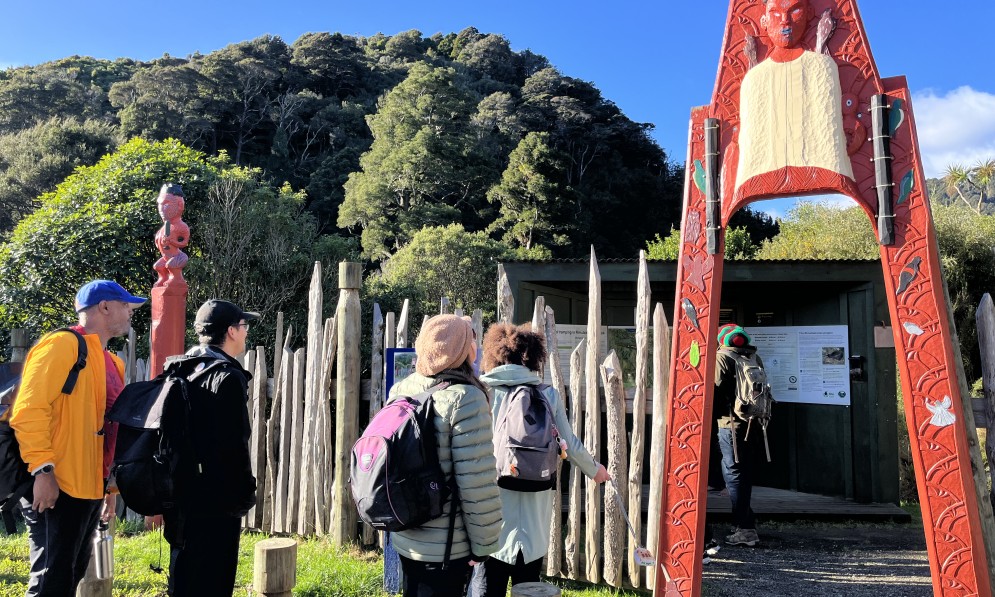
The class visits Remutaka Forest Park. Credit Jasmine Ropner

